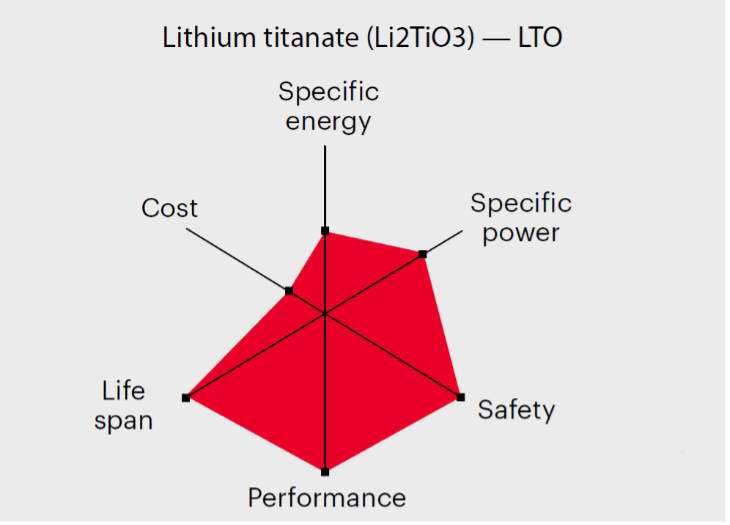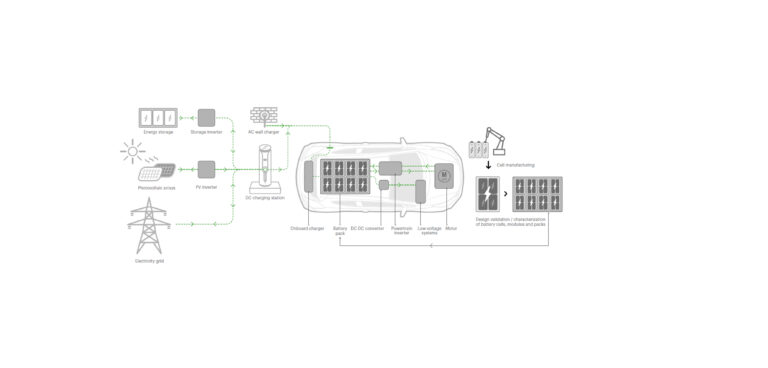Futureproofing of battery testing technology is instrumental to ensure the automotive industry can meet vehicle electrification demands, highlights Keysight Technologies
The electric vehicle battery is one of the critical automotive technologies that has successfully scaled to support the e-mobility boom. The average EV battery pack cost US$153/kWh in 2022 – that’s a 90% price drop over a 15-year period since 2007. Looking forward, the automotive industry expects demand for lithium-ion cells to grow by 33% annually to 4,700GWh by the end of this decade.
More affordable EV batteries will help bring about price parity between an EV and internal combustion engine car sooner than later. However, keeping a check on battery costs is a constant challenge because of rising raw material, supply chain and energy costs, with cell manufacturing being an energy-intensive process.
Technological innovations play a big role in contributing to the inverse relationship between plummeting prices and soaring demand for EV batteries. Cost pressures aside, battery technology must continue to evolve to support the dynamic e-mobility ecosystem.
Evolving roles of the EV battery
The image above highlights how the EV battery plays a key role in the e-mobility ecosystem. As is shown on the right, both auto makers and battery developers have to create EV batteries that meet consumer expectations for longer ranges. On a macro level, higher capacity and longer-life batteries will support the integration of vehicle electrification into real-world applications for a circular battery economy to reduce waste and pollution. Shown on the left is an overview of the evolving smart grid, which affects how the EV battery will transform, from a one-way sink that draws energy from charging stations to a two-way or bidirectional vehicle-to-grid-enabled (V2G) power source.
Designing for battery performance at cell, module and pack levels
EV battery cells come in different form factors: cylindrical, pouch and prismatic. Fundamentally though, the initial development phases are similar irrespective of form factor. Cell developers must characterize, select and optimize the cell chemistries and materials in research and development.
Meeting the expectations for longer range, faster charging and future-ready V2G capabilities starts at the battery cell chemistry level. Depending on the battery performance specifications, cell developers need to analyze how each electrochemical cocktail will perform (see examples below).


The modern battery test laboratory must handle thousands of cells under test at any one time, and accurately measure the actual performance of different cell designs to see if they meet design goals.
In designing and testing batteries, the battery design manager must consider how to juggle various test parameters for different applications when the cells are eventually assembled into modules and packs to power the intended vehicles. Applications range from two-wheeler motorcycles to sedans, SUVs and heavy transportation vehicles. The batteries for each end-user market are designed to meet different needs and will require different test setups. Hence the test environment must be able to support the required voltage, channels and safety requirements.
These are some tests that need to be done to verify the battery’s performance at the cell, module and pack levels:
- Record different temperatures to investigate the reciprocal electrical and thermal influence of the cells.
- Check the mechanical connections and the performance of the module.
- Communicate with the vehicle’s battery management system.
Increasing role of automated management in the battery test lab
With the vast number of devices under test, lab managers can no longer rely on manual tracking and spreadsheets to manage a modern battery test lab. Automating lab operations is essential to ensure not only efficient time and resource management, but also to provide tracking and traceability as well as improving testing throughput. With vast facilities and different sites, cloud-based lab operation management tools enable visibility and controlled accessibility on the state of battery testing operations. The test data collected from the devices under test can also be used to enhance design iterations. Data flow and management is essential in a modern battery test lab that oversees thousands of devices under test simultaneously.
Ensuring quality from blueprint to production
Once the new battery cell design is ready for mass production, it enters the mass production step, which is evolving rapidly. According to a McKinsey report, if demand for battery cells continues to increase at around 30% annually, the global market will need another 90 gigafactories (at today’s capacity) to support vehicle electrification over the next decade.
As the Americas and Europe catch up with China and Korea and manufacture EV batteries closer to their end-markets, billions of dollars are being poured into ramping up gigafactory production, which is a complex process.
There are many set-up challenges for a gigafactory, including location, budget, access to raw materials, manufacturing systems and human resources.
In any high-volume manufacturing environment, throughput is a vital barometer of productivity. In the lithium-ion cell manufacturing process, the cell formation and aging stages are the most time-consuming. During cell aging, manufacturers must measure the cell’s self-discharge rate even when it is not connected to any device. This is to sieve out errant cells that exhibit abnormal or excessive self-discharge, since such ‘bad’ cells adversely affect the performance of modules and packs.
A cell can take days, weeks or months to exhibit its self-discharge characteristics. However, in a time- and cost-sensitive manufacturing environment, the traditional way of tracking self-discharge over time is not practical.
Instead, some manufacturers now use a relatively new potentiostatic measurement method to directly measure the cell’s internal self-discharge current. This method typically takes hours or even less – far quicker than the traditional method of waiting for days or weeks to log the cell’s self-discharge performance, thereby saving time and precious floor space for holding the cells for this vital quality gate check.
New technology is creating more powerful battery cells that can charge faster. These cells need to undergo cycling, where cell samples are tested to determine the cell’s cycle life and how the charge rate affects the cell’s life. As cell capacity increases, researchers and manufacturers need to source and sink larger currents.
To circumvent costly power consumption, modern cell cyclers employ regenerative power, where power regenerated during cell discharge is recycled back to the grid, thereby reducing net energy consumption to lower your operating costs. This process also generates less heat in the electronics, reducing the need to remove heat from the production facility.
Futureproofing battery test technology
As vehicle electrification continues to build momentum, battery developers and manufacturers must pre-empt new requirements in their battery testing capabilities. These include planning for equipment that can handle higher cell capacity, and source/sink larger currents, with regenerative power capabilities to lower operating costs.
Some manufacturers are also adopting modular and location-independent ‘superchambers’ to reduce their battery test investment time and costs, while enabling them to scale up for rapid deployment in tandem with demand.
These exciting innovations will undoubtedly help to scale further the development and production of better batteries to drive the adoption of electric vehicles.


